There are many limitations
According to statistics from the International Finance Corporation (IFC), by the end of the second quarter of 2024, Vietnam had 476 green buildings, equivalent to 11.489 million square meters of floor space, that had achieved green certification. The number of construction works certified as green buildings, using energy efficiently and economically has now exceeded the target set in Decision No. 280/QD-TTg dated March 13, 2019 of the Prime Minister approving the National Program on Energy Efficiency and Conservation for the period 2019 - 2030.
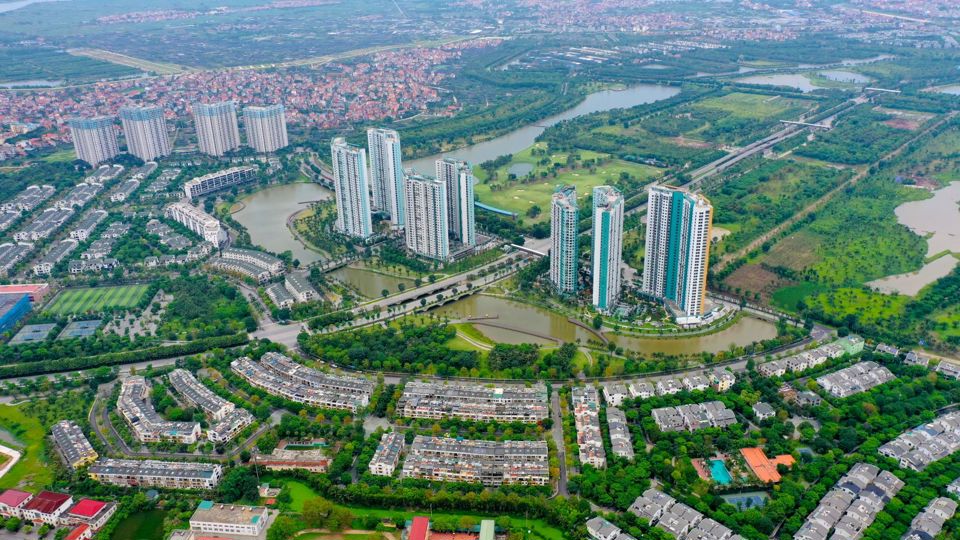
The goal is to have 80 green buildings certified for energy efficiency and conservation by 2025; and 150 green buildings certified for energy efficiency and conservation by 2030. The number of green buildings in Vietnam is at a fairly average level in the ASEAN region. In 2023, Vietnam will rank 28th in the world in terms of the number of green buildings assessed according to LEED Standards (green building assessment and certification by the US Green Building Council).
In addition, Vietnam also has many commercial buildings with domestic and international green standards. Following the current inevitable trend, the construction of social housing is required to comply with "green" criteria for the project. The construction of green social housing not only helps reduce greenhouse gas emissions but also improves the quality of life of people without increasing housing prices. However, developing green social housing projects without increasing costs is still a challenge that requires the cooperation of investors and the whole society.
Master Nguyen Duc Vinh - Deputy Head of the Department of Social Housing Management and Development, Department of Housing and Real Estate Market Management (BDS) - Ministry of Construction acknowledged that the legal system related to housing has been studied, amended and supplemented to suit the practical situation. Many laws related to the housing sector have been studied, amended and supplemented to take effect simultaneously. The National Housing Development Strategy to 2020, with a vision to 2030 and the National Housing Development Strategy for the period 2021 - 2030, with a vision to 2045 have a clear view on the development of energy-saving housing.
The housing development sector across the country has had positive developments, contributing to improving the living conditions of the majority of people in both urban and rural areas.
"The application of standards on efficient energy use and environmental protection in the housing sector is still limited. In particular, current energy-saving housing projects are all set by investors and implemented by themselves" - Master Nguyen Duc Vinh said.
According to the International Finance Corporation (IFC), the main reason for the limitations and shortcomings in the development of energy-saving and environmentally friendly housing projects in Vietnam is that the awareness of environmental protection and energy efficiency in housing development is not really adequate. On the other hand, the application of science and technology is still limited, and the investment cost of this housing project is often 1-2% higher than the cost of normal housing.
In addition, there is a lack of propaganda and promotion of the benefits of energy-saving housing projects, so investors and customers who buy, rent, or lease houses are less interested in this type of housing.
Disassembly from design
According to experts in the construction industry, to build green buildings at a reasonable cost, it is necessary to determine the green building roadmap right from the beginning and select a team of multidisciplinary experts with many solutions.
Then, come up with a solution that the project can use such as a planning solution, a green roof solution, or using facade shading techniques, or a solution using solar panels on the roof or facade to generate energy for the building, or all of these solutions combined.
In addition, optimizing investment costs to reduce costs, maximizing energy efficiency within allowable cost conditions, along with careful control of indoor environmental quality. This is an effective way to reduce investment costs, reduce construction operating costs, and have a lot of special design data.
Once these elements are in place, green building certification becomes easy and cheap, as the energy and environmental scores are very high, even reaching the maximum. Then, adding a few other simple, bullet-point green elements can help to gain enough points for the desired certification level.
Sen Vang Group Director Nguyen Bich Ngoc commented that only having green trees is not a green building, but a green building must be green from materials, green from living space, green from energy, operation, etc. Therefore, it is necessary to clearly distinguish between green certificates and green buildings. Because green certificates are not everything.
“Usually, green buildings today only contribute to the design stage. However, to be a true green building, the investor needs to build a sustainable green strategy, demonstrated from the beginning to the end of the project development process. That is, finding land, developing products, implementing production, implementing sales, operating and managing after sales until the final stage of managing the product when it is put into use,” Ms. Nguyen Bich Ngoc explained.
Master Nguyen Duc Vinh said that the authorities need to research and promulgate and supplement housing regulations and standards for new designs, techniques and construction technologies towards improving housing quality, in line with the trend of developing green, sustainable, smart housing, applying digital technology; at the same time, strengthen inspection and examination activities related to the application of housing regulations and standards.
“Develop mechanisms and policies to encourage the application of standards and norms for existing residential areas of households and individuals associated with urban renovation and beautification. Strengthen the application of science and technology, research and apply new housing construction designs, techniques and technologies, new materials, and digital technology applications to save costs, reduce housing construction costs, and at the same time use energy efficiently and emit low emissions,” said Mr. Nguyen Duc Vinh.
According to incomplete data from 42/63 localities, the estimated average housing area in 2024 nationwide is about 26.5m2/person. Housing quality is increasingly improved, as many old, degraded and damaged housing areas have been replaced by new, spacious housing areas.
Master Nguyen Duc Vinh - Deputy Head of Social Housing Management and Development Department, Department of Housing and Real Estate Market Management (Ministry of Construction)
Source: https://kinhtedothi.vn/phat-trien-cong-trinh-xanh-can-mot-chien-luoc-ben-vung.html




![[Photo] Prime Minister Pham Minh Chinh receives Deputy Prime Minister of the Republic of Belarus Anatoly Sivak](https://vstatic.vietnam.vn/vietnam/resource/IMAGE/2025/4/2/79cdb685820a45868602e2fa576977a0)
![[Photo] Prime Minister Pham Minh Chinh receives CEO of Standard Chartered Group](https://vstatic.vietnam.vn/vietnam/resource/IMAGE/2025/4/2/125507ba412d4ebfb091fa7ddb936b3b)
![[Photo] General Secretary To Lam receives Russian Ambassador to Vietnam](https://vstatic.vietnam.vn/vietnam/resource/IMAGE/2025/4/2/b486192404d54058b15165174ea36c4e)



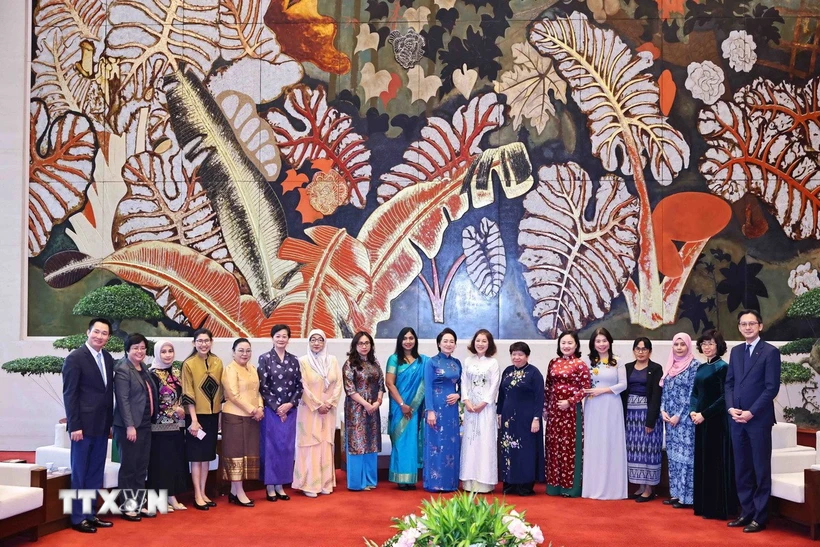

![[Photo] The National Assembly Chairman's wife had a friendly meeting with the ASEAN Community Women's Group](https://vstatic.vietnam.vn/vietnam/resource/IMAGE/2025/3/20/931c2aca02d8441d8cde642f3bcd16b1)


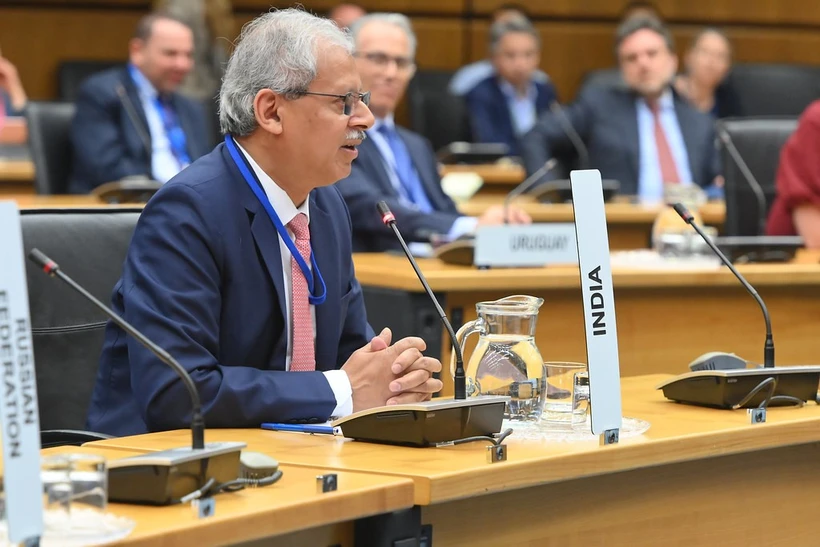


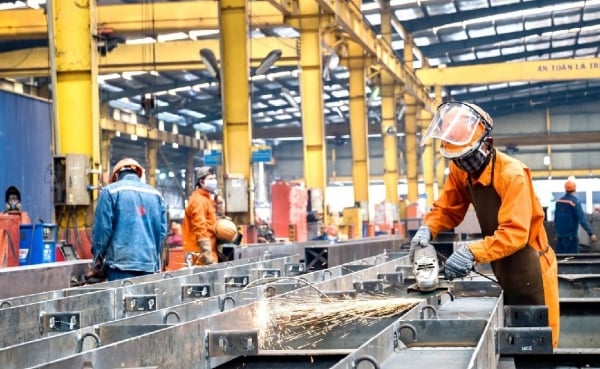
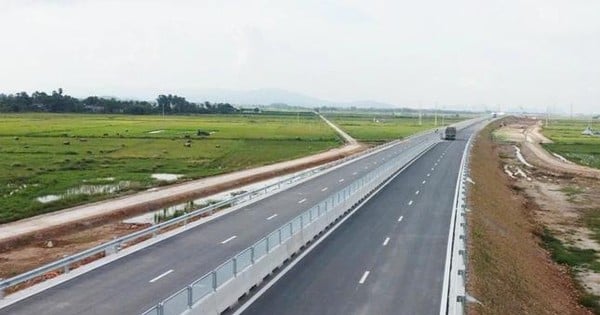


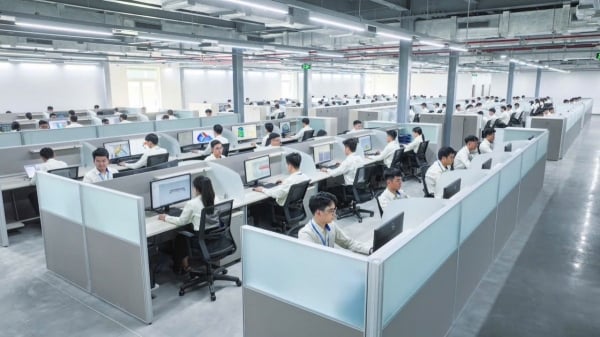




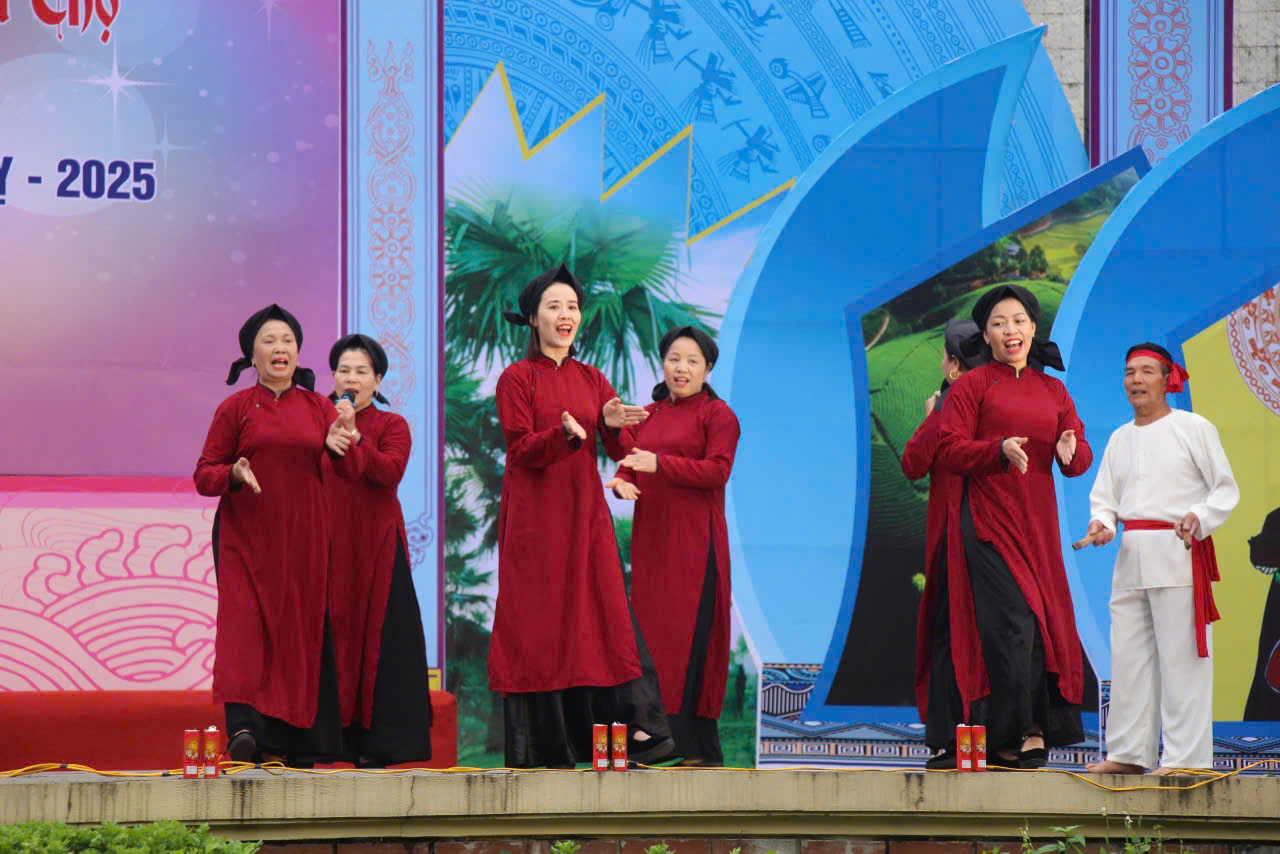



















































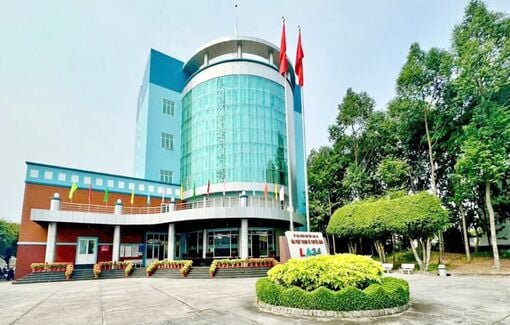

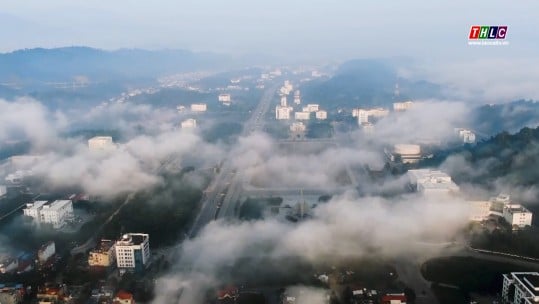


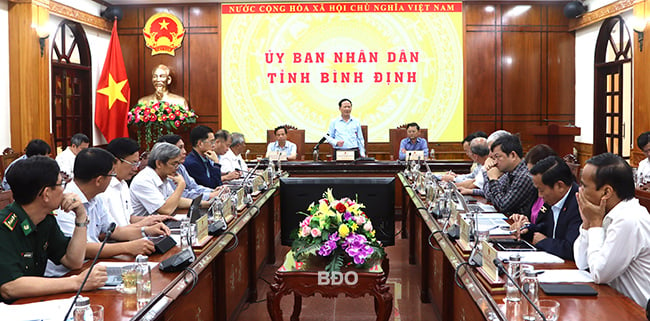












Comment (0)